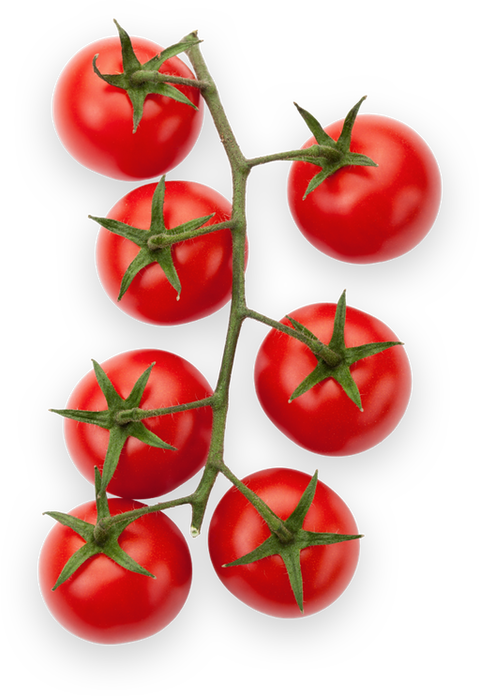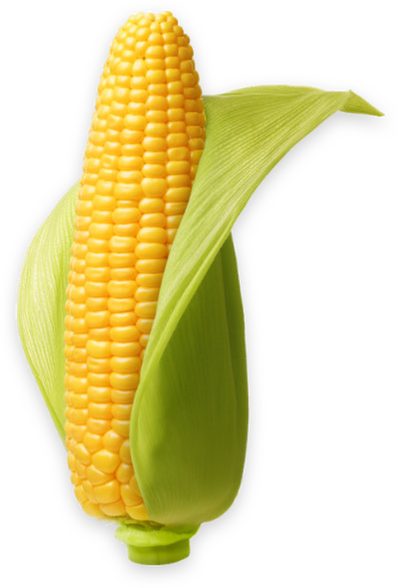
Great job!
You have finished the road
But remember.. Times change.
After a while you’’ll have to evalute again.
Appendix – A Glossary of values and related questions
The values, definitions and questions in this glossary are aimed at the design of smart farming products and services.
This guide was developed in IoF2020 by:
Elsje Oosterkamp (elsje.oosterkamp@wur.nl)
Marc-Jeroen Bogaardt (marc-jeroen.bogaardt@wur.nl)
Simone van der Burg (simone.vanderburg@wur.nl).
Get in touch if you have suggestions or questions.

Appendix
A Glossary of values and related questions
The values, definitions and questions in this glossary are aimed at the design of smart farming products and services. Colors refer to the blocks in Box 4.)
- Wellbeing / avoiding harm (green)
- Fairness / Justice (orange)
- Data ownership and security (purple)
- Autonomy / rights (blue)
Value | Definition and remarks | Questions for products and services |
Accessibility | The product or service is easy to obtain or use. | -Is the technology/system accessible to all potential users that might benefit from it? If not, who has access to the technology and who does not have access? -What education/training is required prior to using the technology? Does the new technology or service or application expect a certain level of knowledge of computers or require facilities (e.g. broadband internet) that that some people may not have? -Should digital tools be accessible to every farmer? (digital divide) -What is the best way to deal with power imbalances in society between those who possess digital knowledge and expertise and those who don’t? -Are some services being transferred to the Internet only, so that a service is effectively no longer available to people who do not (know how to) use computers or the Internet? What alternatives exist for such people? -If there are means of resisting the provision of farm data, are these means equally available or are they restricted? |
Accountability/ responsibility | Impacts by a product or service can be traced back to someone who therefore can be held responsible for them.
| -E.g. in the case the situation is produced by more than one actor or by a combination of technology and an actor: who should be accountable for these effects? Should accountability be distributed over various actors? -Who is responsible/liable for damage that occurs after a farmer acted on the (wrong) advice of a tool? Or when the tool missed information? Who should compensate for damage/harms? -If farmers choose to ignore the advice of digital tools, are they to blame for results? -Does it make sense to speak about shared responsibility of stakeholders on a digital farm? And what does this mean in case of an accident or system failure? |
(Respect for) Autonomy | The product or service respects self-determination of the user. | -Does the potential user have a meaningful choice regarding not to use the solution? Are there (realistic) alternatives available? If not, what could be done to provide real choice? -Are farmers who use digital (advisory) technologies still the primary responsible decision makers on their farm? - (When) is it acceptable for smart farming technology to steer the actions of others (like farmers)? Is steering always paternalistic? Or is it like nudging? And what does this entail for the responsibilities of farmers at their farm? |
Data ownership/ | Having the right to access, use and control a set of data.
| -What data are we talking about: raw data or processed/interpreted data? -Who has the right to access these (raw/processed) data? Are there disagreements about who does and who does not have that right? -Who is the ‘owner’ of (raw or interpreted) farm data and is entitled to benefit from them? -Who is the owner of the data about the farm machinery? -Who is entitled to decide about who has a right to data, for what purposes and under what conditions? -Is there an obligation to data philanthropy? |
Care for commons | Public goals such as protection of the environment, food safety or food security, research or policy making. | -What rights do partners in the data sharing network have with respect to access and use of data for ‘the commons’? -What public goals are or should be served with the product or service? Or with data that is shared? Or with the technology? Are there other purposes for which data/information should be shared? |
Data protection/ | Protect data from misuse and unauthorized or unintended access (such as hacking or cyberattack). | - Has the project taken measures to ensure protection of (sensitive) data? If so, what are they? -What data/information are considered ‘risky’ to share and in whose hands do they become ‘risky’? -What protective measures can be taken to diminish risks? |
Empowerment | The product or service enables people to defend their own interests in negotiation with others. | -Does the project or technology or service make users stronger by educating them or offering them knowledge? - Does it enable users to defend their own interests in negotiation with other (more powerful) parties? |
Fairness/ Justice | -Fair or just distribution of benefits harvested from this product or service by the stakeholders, such as data, information/ knowledge, profits, power. Remark 1: Fairness and justice are often used interchangeably. Justice is sometimes understood to refer to the legal system. In ethical debates the legal system itself needs also ethical argumentation, in order to determine whether it is just. Remark 2: Distributive justice refers broadly to the distribution of all rights and responsibilities in society, including, for example, civil and political rights (W) | -What are the conditions that a just/fair distribution of benefits of digital farming should satisfy? -What are the benefits of smart farming that should be distributed fairly? -What human rights play a role in smart farming and how are they effected? Are the rights of some people served better than of others? -Are benefits and harms that the solution produces well balanced? Who will benefit and who may be harmed? Is this justified? -Are there stakeholders who can be harmed by this smart farming solution? In what ways can stakeholders be harmed? Is this a justifiable harm? -Should everyone be empowered to benefit equally from data? (big data divide) -What counts as misuse of power by digital experts? Who risks to be harmed by that misuse? And how should this misuse be prevented? |
Inclusiveness | The technology used in the product or service should not exclude particular (groups of) people, depending on gender, age, social status, disability etc. Remark: in the design process of a product inclusiveness also refers to the inclusion of the views of all stakeholders whose lives are impacted by the technology | -Does the product or service have any effects on the inclusion or exclusion of particular (groups of) people? -Who’s se lives are impacts by the technology? Have representatives of these groups been involved in an evaluation of the desirability/acceptability of these impacts? |
Informed consent | Permission granted in full knowledge of the possible consequences. Remark: Informed consent is not a value, but a way to respect the autonomy of the user. | -Is the user person capable, legally competent and are the purpose and risks of the product or service known?
-What information do farmers need to make an informed choice? -What information can data collectors/users such as ICT companies or researchers be requested to provide? Are there limitations to the volume or depth of information that they can be expected to provide? See also transparency. |
Ownership | The right of possessing something. Ownership is the state in which someone has exclusive rights and control over property. | For questions relating smart farming: see data ownership/ data sovereignty |
Privacy | The product or service protects (personal) data from misuse and does not reveal information on what stakeholders consider their private life or business secrets. Remark: This definition refers to informational aspects of privacy. | -What does respect for privacy require in digital farming? -Does a farmer’s business or trade secret belong in the private sphere that deserves protection? -What information about (activities on) his farm is a farmer allowed to keep for him/herself? -What information workers on farms allowed to keep for themselves? |
Responsibility/ Accountability | See Accountability | |
Sustainability | The service supports food production in which people, planet and profit are in balance, not to exhaust resources for next generations. | See questions care for commons. |
Transparency | Stakeholder’s right to know about how people behave, businesses operate and digital services work. | -Does the farmer have a right to know what an agribusiness does with his raw/processed data? Are there limits to the level of transparency that can be provided about what happens with data? -Does the government have a right to know certain information about farms? Are public, purposes for which data/information should be shared? And what does ‘public’ mean? -Do other stakeholders have a right to know such as retailers, consumers, citizens? For purposes for which data/information should be shared? -Who is allowed to decide about this level of transparency? (Who is, for example, entitled to decide what information about food production is shared with consumers?) -Incidental or secondary findings are findings you are not looking for, but which you find ‘by accident’ in the course of looking for something else. What incidental or secondary findings can be expected? What is an appropriate way to respond to these different incidental or secondary findings? |
Wellbeing/ avoiding harm | The product or service supports being comfortable, healthy, or happy (of human beings and animals). | -Who benefits from the product or service and in what way? (How) does the solution foster the wellbeing of human beings and/or animals? -How is wellbeing (of human beings/animals) understood? Are there alternative ways to understand it? -Is there any risk that the technology or project may cause any physical or psychological harm to users? If so, what measures can be adopted to avoid or mitigate the risk? |